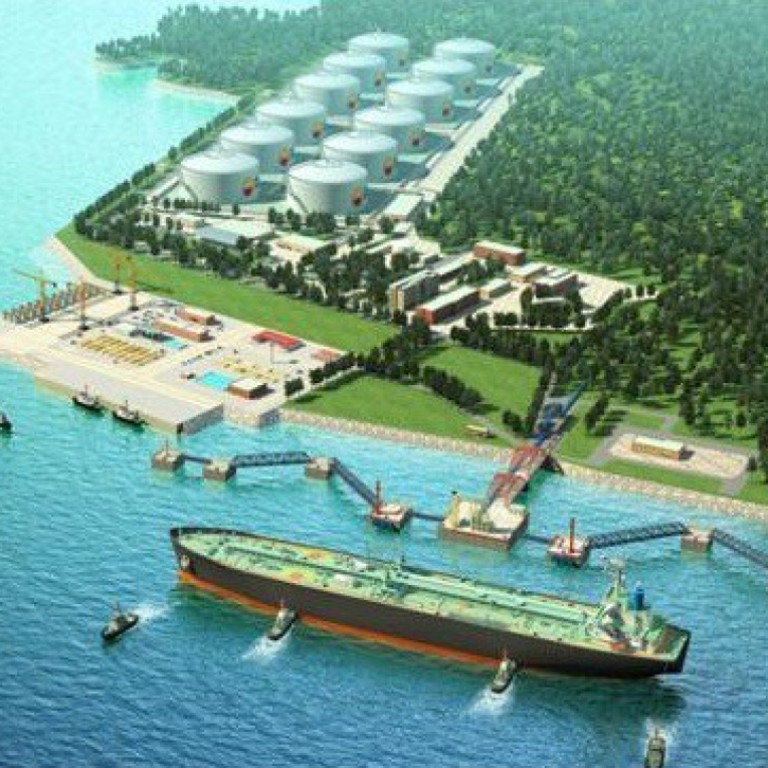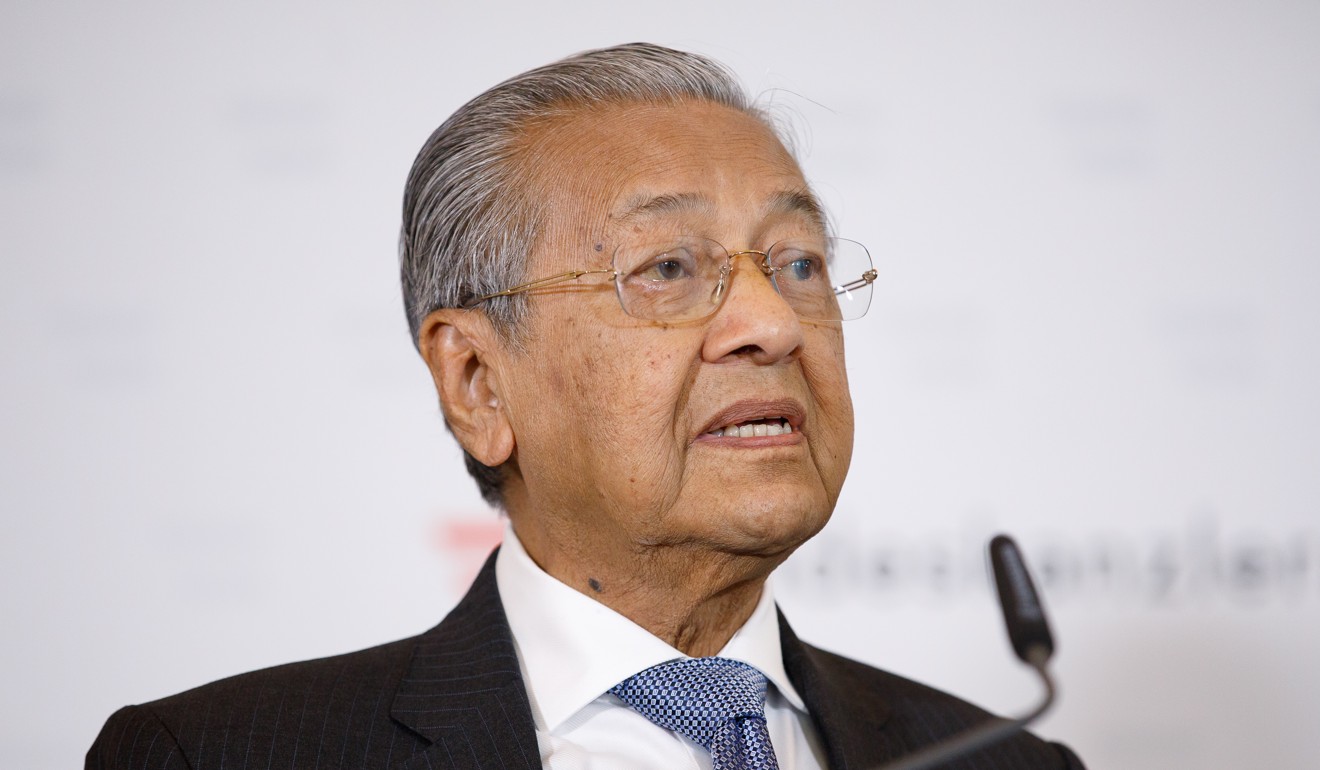
As questions are raised about ‘belt and road’, projects slow in Southeast Asia
- China’s investments in the region plunged by nearly half in 2018, to lowest level in four years
- Asean member nations scrutinise Beijing’s strategy, though they still seek investment
China is reshaping the approach of its flagship “Belt and Road Initiative” in Southeast Asia, as Chinese projects in the region plunged last year amid growing global scrutiny of Beijing’s development strategy.
The value of newly announced big-ticket deals in the region – investment commitments and construction contracts worth more than US$100 million – dropped 49.7 per cent in 2018 to US$19.2 billion, its lowest in four years, according to analysis by Citi Economics, using data amassed by the US think tank American Enterprise Institute.
Malaysia scraps China’s ‘expensive’ East Coast Rail Link plan
For the 10 members of the Association of Southeast Asian Nations (Asean), new Chinese megaprojects slowed considerably in the second half of last year with only 12 recorded projects worth US$3.9 billion, down from 33 projects worth US$22 billion in the corresponding period 12 months earlier.
The value of those projects in Indonesia, Malaysia, Philippines and Singapore in the second half of 2018 was only a quarter of the full value in 2017, while no projects were logged in Thailand or Vietnam.
Despite the slump, analysts said China’s initiative in the region would be “reshaped but not redundant”, as the infrastructure heavy programme both aligned with the region’s development initiatives and was key to Beijing’s geostrategic aims.
“China’s overarching geostrategic imperatives suggest it will be incentivised to be more sensitive to Asean’s resistance going forward,” in order not to derail the belt and road plan, Citi analysts wrote, citing Beijing’s interest in co-financing projects with multilateral development banks as an example.
“US-China trade tensions could [also] prompt an increase in Chinese investments in Asean to circumvent tariffs on imports from China.”
2018 was meant to be Xi Jinping’s year. Then ‘belt and road’ unravelled
China’s presence and influence in Southeast Asia has grown considerably since the 2013 launch of the belt and road plan, the centrepiece of Chinese President Xi Jinping’s economic diplomacy policy, fuelled Chinese investment in the region. Asean countries are now home to a third of China’s investment and construction commitments under it.
In the three years after the plan’s launch, Chinese committed investments to Asean surged 77 per cent compared to the three years before, Citi said. Similarly, construction contracts awarded to Chinese firms grew by 54 per cent in the period.

Myanmar also scaled back the Chinese-backed Kyaukpyu port on the coast of its Bay of Bengal, cutting costs considerably to address debt concerns.
Over 70 per cent of scholars in all 10 Asean nations said that their governments should be cautious about negotiating belt and road projects to avoid unsustainable debt, according to a survey published this month by the ISEAS-Yusof Ishak Institute in Singapore. The views were held most strongly by scholars in Malaysia, the Philippines and Thailand.
Other criticisms of projects in the region have included lax environmental standards, implementation difficulties, the lack of commercial viability, lingering questions of conflicting interests among local stakeholders, and public resentment to the rapid influx of Chinese people.
Will China seize port if Kenya can’t pay back belt and road loans?
But the slowdown in new projects reflects China’s growing sensitivity to these Asean concerns, with greater interest from Beijing in approaches such as co-financing projects with multilateral development banks that “could create a more multilateral-looking BRI”, Citi said.
Thitinan Pongsudhirak, director of the Institute of Security and International Studies at Chulalongkorn University in Thailand, said the slowdown also coincided with the US-China trade war. While the hype of the initiative had died down, the belt and road concept itself and its projects had not been derailed, he said.
“It needs to be reconsidered and relaunched,” he said. “China is facing related challenges on multiple fronts. Its challenge will be how to pick and choose and prioritise which battles to fight first.
“If it wants to regain momentum, it may need to be softer and more accommodating with economic partners and may need to contain the trade war from deteriorating to the extent that it undermines the Chinese economy.”
Asian interest in the belt and road plan remains strong. In December, Indonesia’s deputy minister of maritime affairs Ridwan Djamaluddin said his country had been in “structural communication” with its Chinese counterparts for new projects worth between US$50 billion and US$60 billion.

In the Philippines, Xi’s visit to Manila in November saw the signing of 29 memorandums of understanding, including one related to the belt and road.
Citi said the region had benefited significantly from the initiative, which allows for diversification of capital from the US and Europe as well as infrastructure development.
Chinese companies met about 17 per cent of the region’s infrastructure needs between 2014 and 2017, conferring “structural benefits via higher productivity growth, build-up of export capacity and regional integration”, the report said.
While the rate of troubled projects in the region had been comparatively low and on the decline, the long-term financial risks from external debt remained, it said.
Sufian Jusoh, director and a professor of international trade and investment at the Universiti Kebangsaan Malaysia, said Beijing needed to change its approach.
“BRI applies a one-size-fits-all contract form,” he said. “China should differentiate countries where they work or are involved in.”

